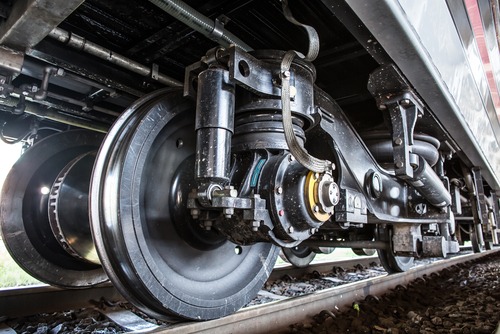
The National Transportation Safety Board released its “Most Wanted” list of safety recommendations Monday without one key component – positive train control.
The removal comes not from the dismissal of positive train control’s safety features but because of a lack of need. Commuter railroads have installed and implemented the system.
The American Public Transportation Association and other commuter rail operators applauded NTSBs decision.
“APTA is pleased to see the National Transportation Safety Board (NTSB) remove from its ‘Most Wanted’ list of safety recommendations the requirement that commuter railroads fully implement Positive Train Control (PTC),” said Paul Skoutelas, president and CEO of APTA. “After commuter rail agencies invested more than $4 billion to implement PTC, they successfully met the statutory deadline of December 31, 2020, for full PTC implementation. In addition to the $4 billion implementation cost, commuter rail operators will spend more than $100 million each year to maintain and operate the PTC system. We appreciate the NTSB recognizing this accomplishment by removing PTC implementation from its Most Wanted list.”
Skoutelas said the move to implement PTC had been a massive undertaking for commuter railroads.
“Technological systems needed to be developed, customized, and installed to meet the unique operating requirements of each and every rail operator while ensuring that the PTC system was interoperable with other passenger and freight operators that share the tracks with commuter rail operators,” he said. “Riding commuter rail is 18 times safer than driving an auto, and the commuter railroad’s monumental achievement of PTC certification will make commuter rail service even safer.”
The NTSB’s new “Most Wanted” list includes: requiring and verifying the effectiveness of safety management systems in all revenue passenger carrying aviation operations, preventing alcohol and other drug-impaired driving, requiring collision avoidance and connected vehicle technologies on all vehicles, eliminating distracted driving, implementing a strategy to eliminate speeding-related crashes, installing crash resistant recorders and establishing flight data monitoring programs and protecting vulnerable road users through a safe system approach, among others.
“Board members of the NTSB and our advocacy team continuously seek opportunities to communicate about items on our Most Wanted List,” said NTSB Chairman Robert Sumwalt. “As we begin advocacy efforts for the 2021 – 2022 MWL, we call upon our advocacy partners to amplify our safety messages and help us bring about the safety improvements that will make transportation safer for us all.”